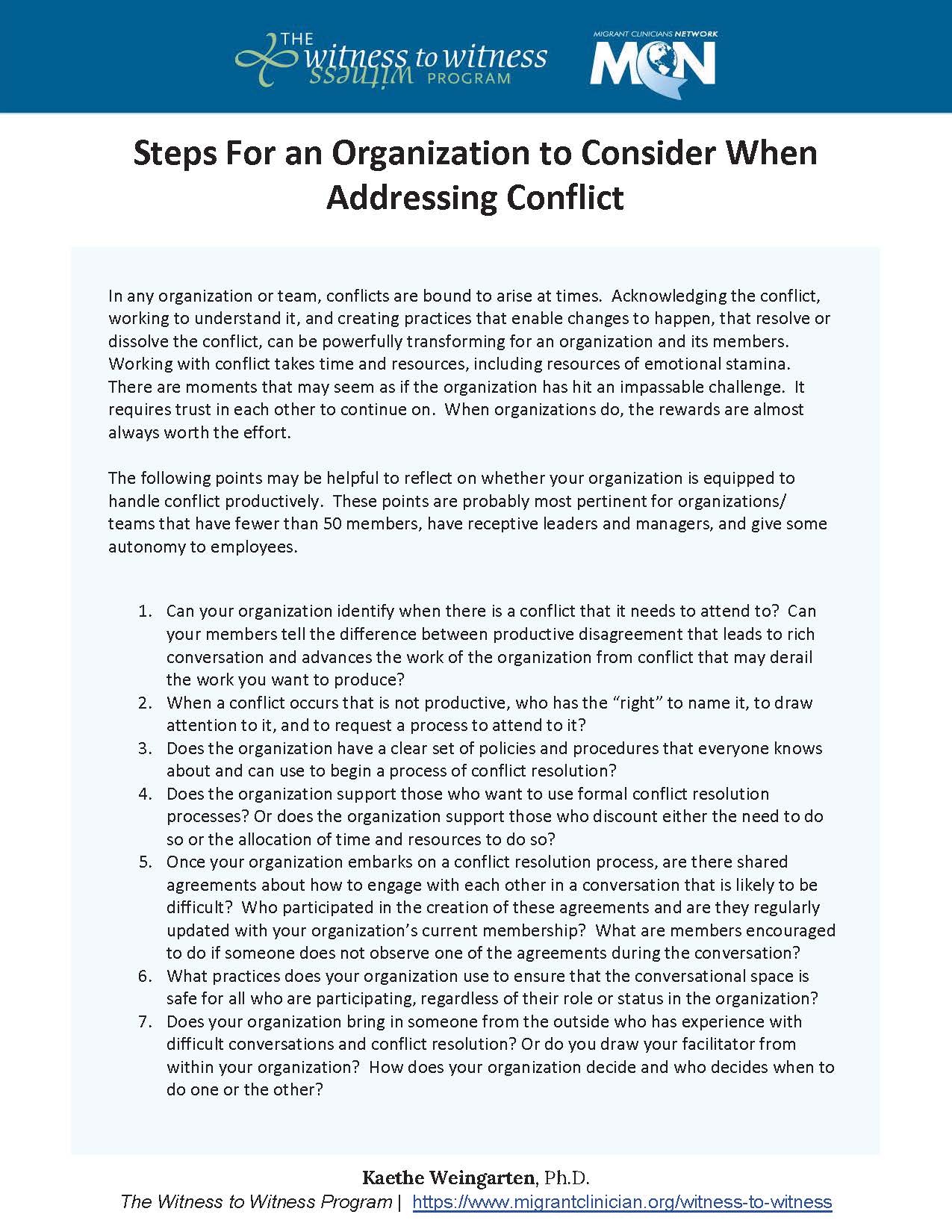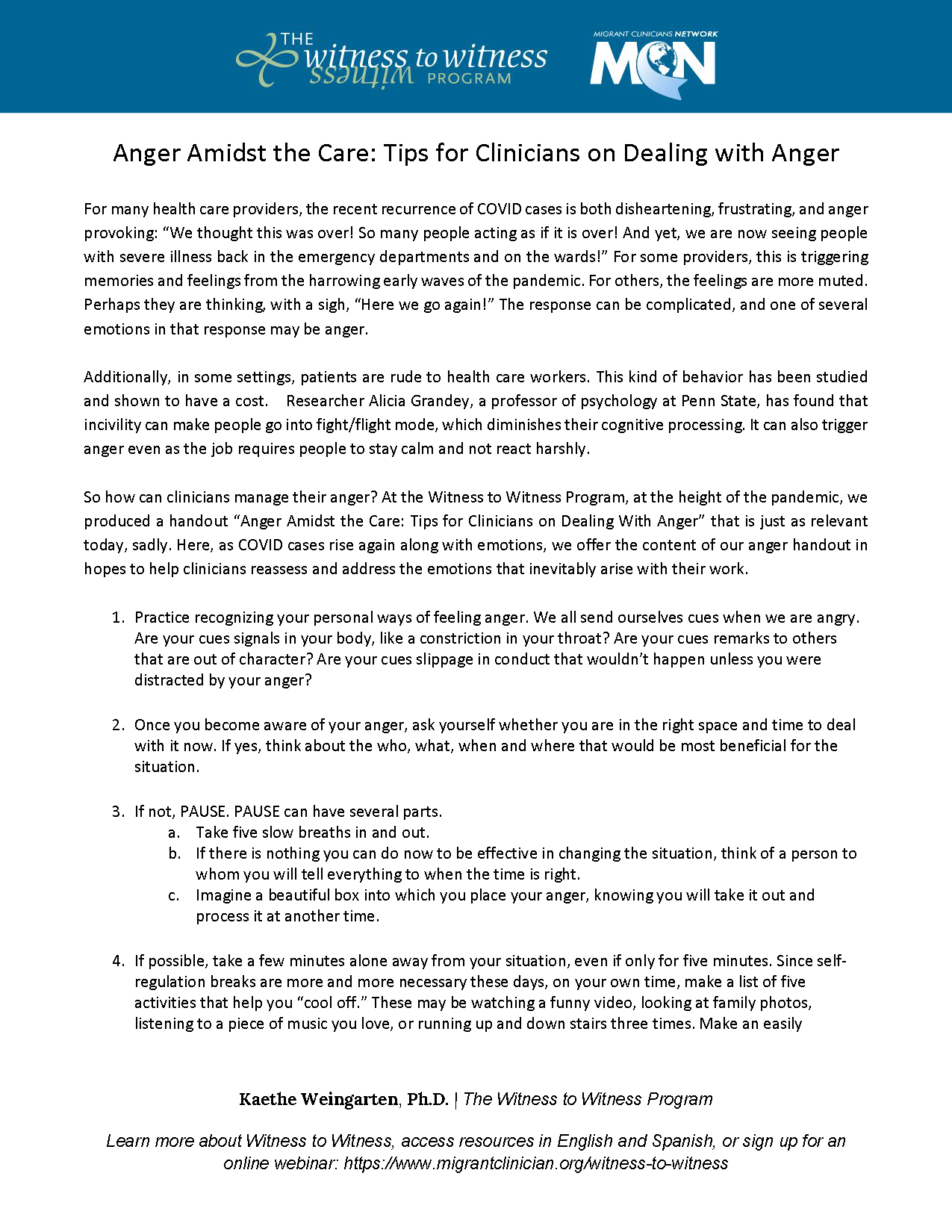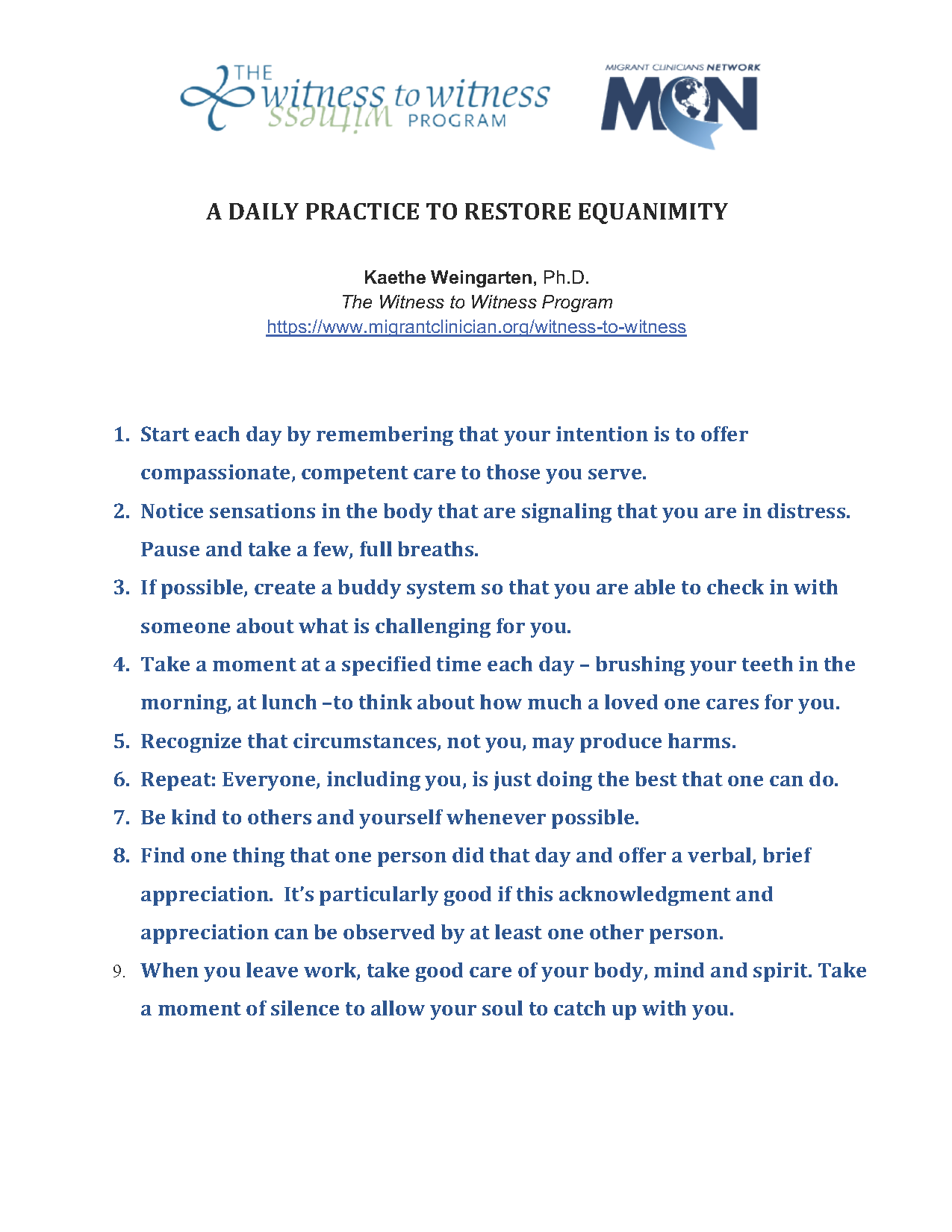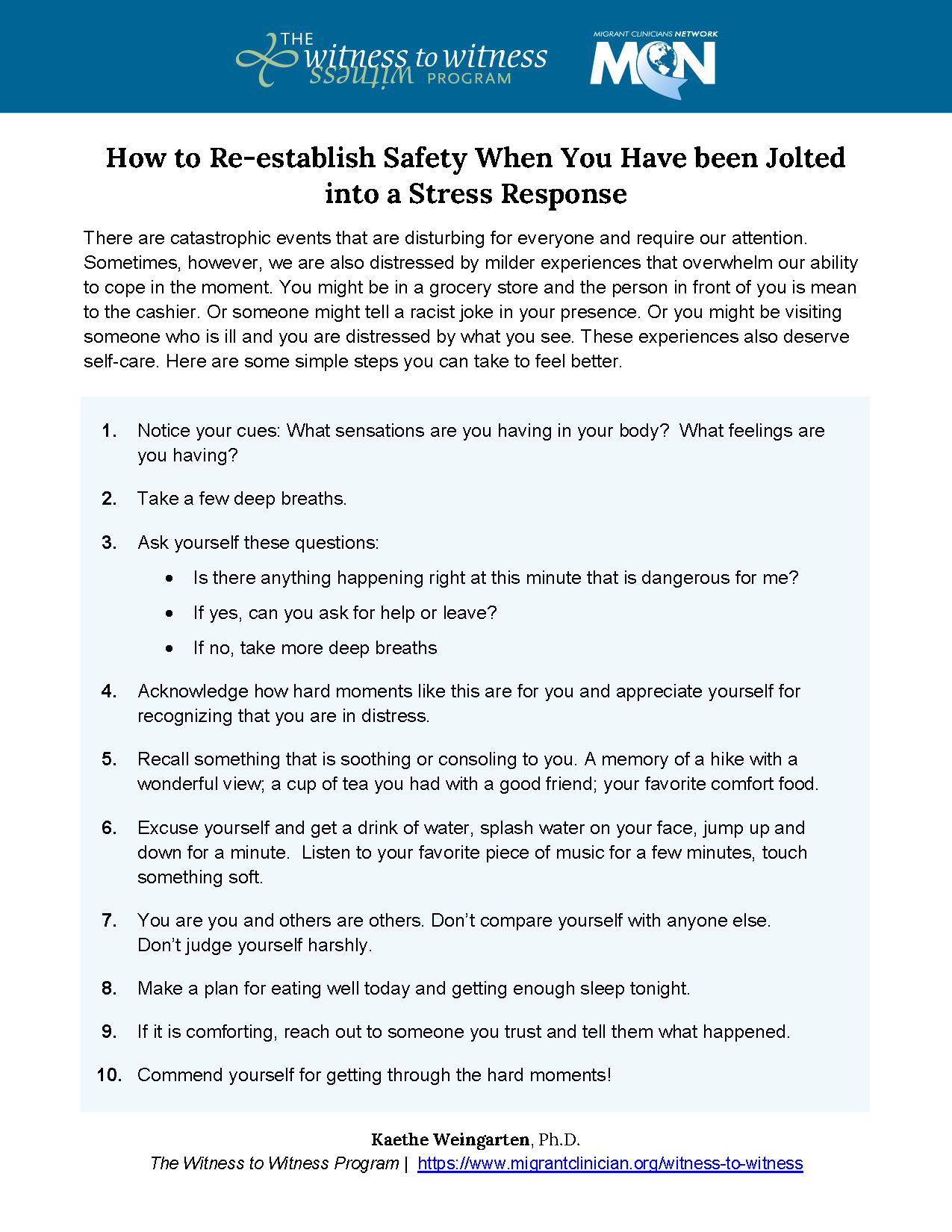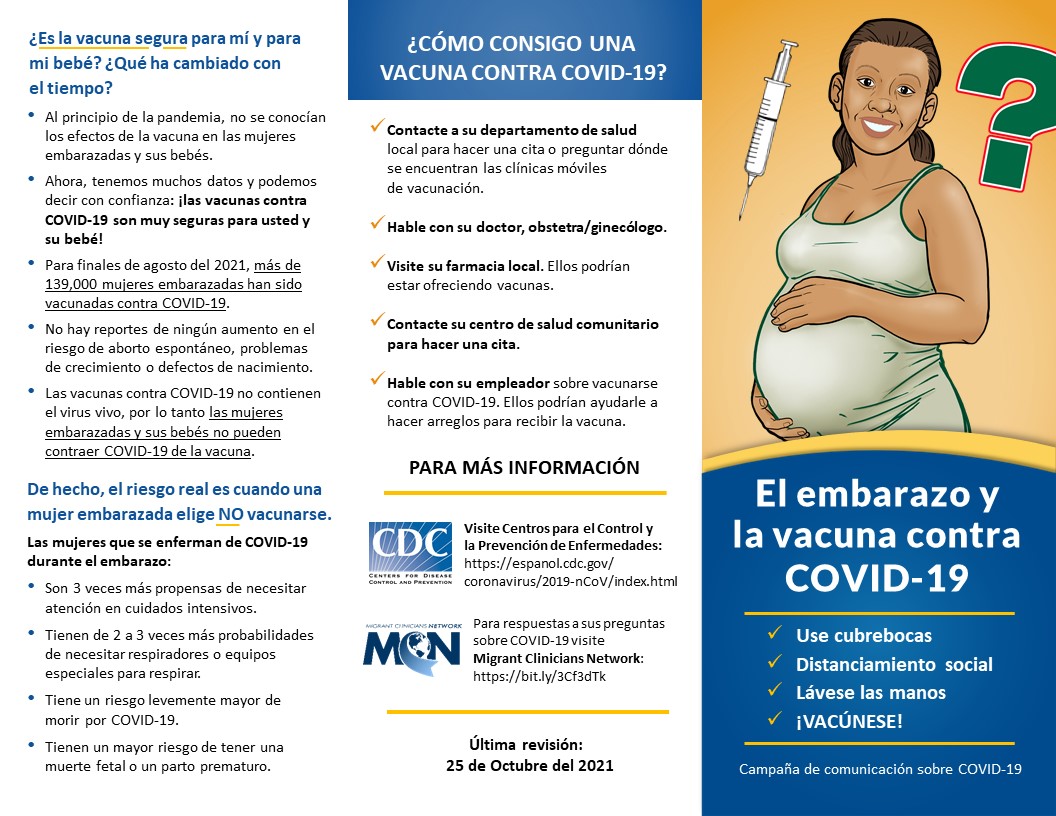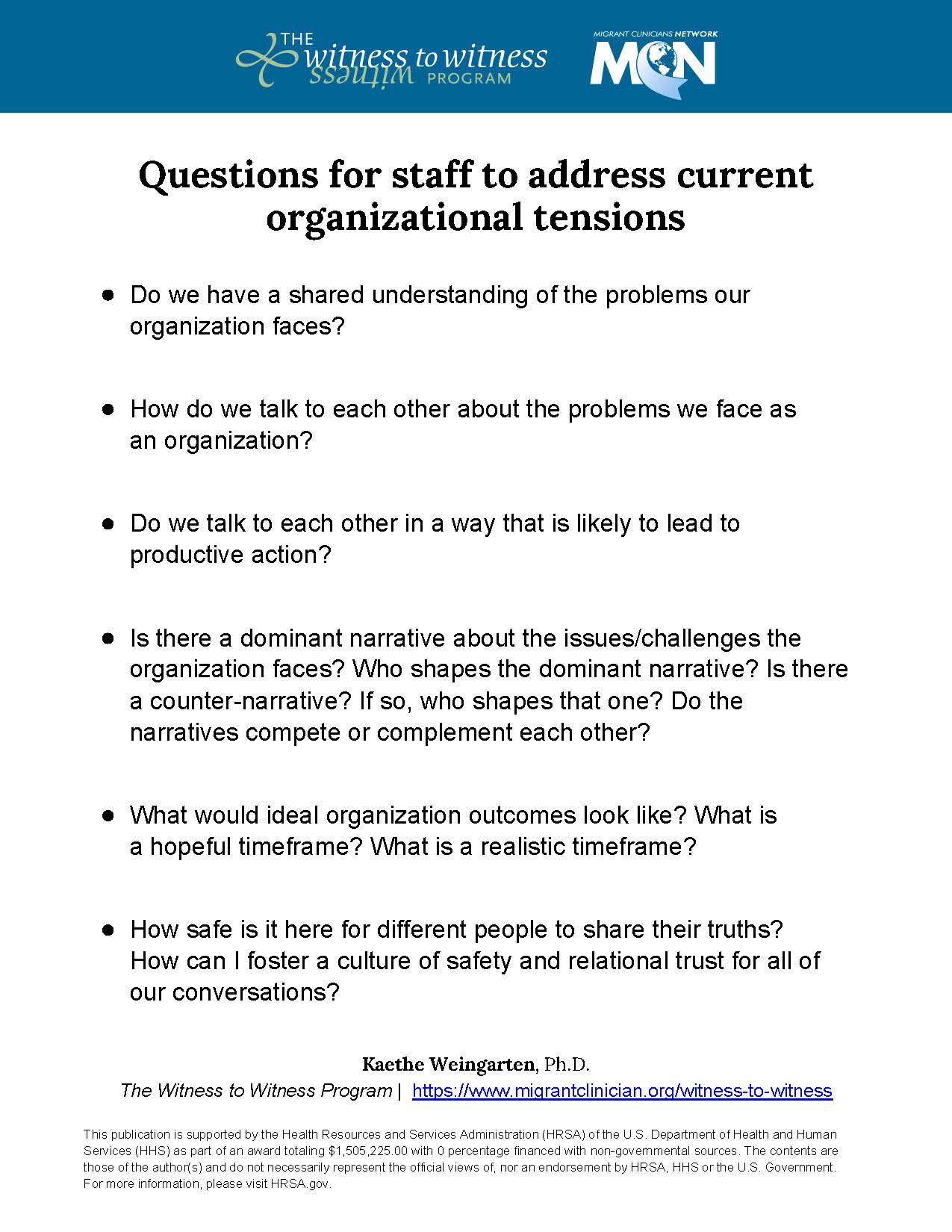
Los trabajadores agrícolas corren un riesgo importante de sufrir estrés por calor. El estrés por calor se produce cuando el cuerpo no puede deshacerse del exceso de calor y su temperatura central aumenta. El estrés por calor puede dar lugar a enfermedades más graves relacionadas con el calor, como el agotamiento por calor, los calambres por calor, el golpe de calor e incluso la muerte, si no se trata. El trabajo agrícola, que requiere la realización de un trabajo físicamente exigente durante largas horas en un clima caluroso y a veces húmedo, pone a los trabajadores en alto riesgo.
Esta guía proporciona información a los proveedores de servicios de salud sobre la prevención y el tratamiento de las enfermedades relacionadas con el calor. Dado que los trabajadores pueden no estar familiarizados con todos los síntomas del estrés por calor, es importante que los proveedores de servicios de salud hablen con los trabajadores agrícolas y otras personas en riesgo sobre los síntomas de las enfermedades relacionadas con el calor y su prevención.
This joint FJ and MCN publication was supported by the Health Resources and Services Administration (HRSA) of the U.S. Department of Health and Human Services (HHS) as part of awards totaling $1,949,598 with 0% financed with non-governmental sources. The contents are those of the authors and do not necessarily represent the official views of, nor an endorsement by, HRSA, HHS, or the U.S. Government. For more information, please visit HHS.gov.










